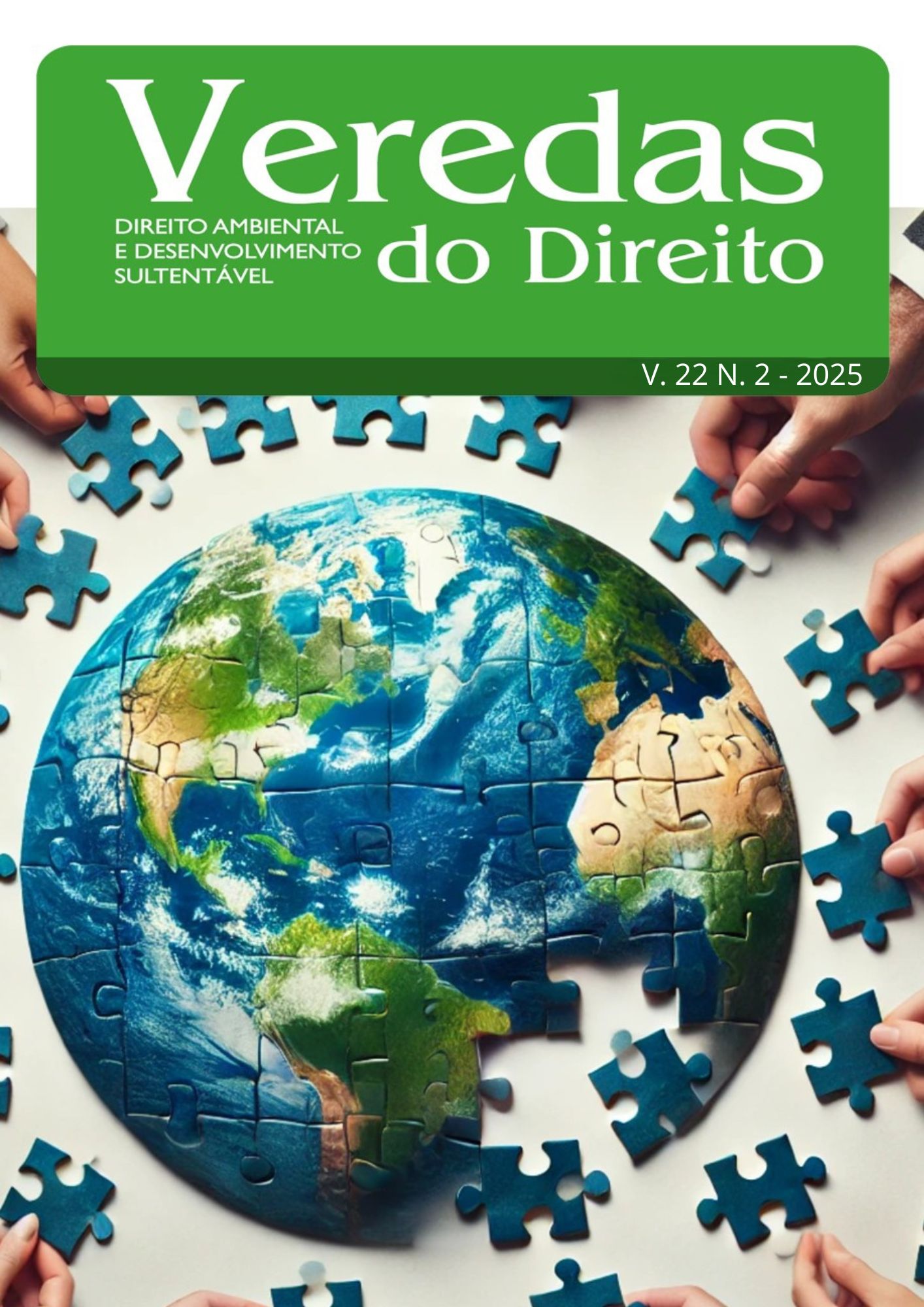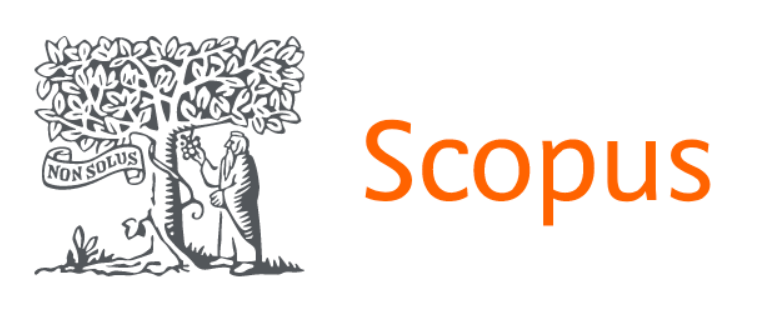DEVELOPING A SUSTAINABLE DESIGN TOOLKIT FOR WOOL PRODUCTS
DOI:
https://doi.org/10.18623/rvd.v22.n2.3263Keywords:
Sustainable Design Toolkit, Sustainability, Fashion Industry, Textile, Wool, EducationAbstract
This study develops a sustainable design toolkit for the wool industry to provide a systematic framework that reduces the environmental impact of wool products. Based on lifecycle thinking and circular design principles, the framework integrates global sustainability standards with industry practices across the product lifecycle, from material sourcing to end-of-life management. Using qualitative analysis, the toolkit is structured into four modules: material selection, design guidelines, production practices, and end-of-life management. Case studies and literature review were conducted to capture industry needs and synthesize existing research. The findings highlight a strong demand for the toolkit, with positive feedback from academia and supply chain partners. The toolkit consolidates fragmented standards, offering a practical and adaptable resource that will continue to evolve. This research contributes both theoretically and practically by equipping practitioners with tools to strengthen the wool industry and support the transition of the fashion and textile sector toward sustainability and circularity. It fills a gap in sustainable wool design by providing a unified framework that connects research, standards, and best practices.
References
Ellen MacArthur Foundation. (2017). A New Textiles Economy: Redesigning Fashion’s Future.
WWF. (2020). The Environmental Cost of Cotton: Water and Pesticide Use.
Boucher, J., & Friot, D. (2017). Primary Microplastics in the Oceans: A Global Evaluation of Sources. IUCN.
McDonough, W., & Braungart, M. (2002). Cradle to Cradle: Remaking the Way We Make Things. North Point Press.
Nielsen. (2019). The Evolution of the Sustainable Consumer: Willing to Pay More for Sustainability.
IWTO. (2021). The Natural Benefits of Wool: Environmental Sustainability. International Wool Textile Organization.
The Campaign for Wool. (2021). Wool and Its Role in Sustainable Economies. Retrieved from www.campaignforwool.org
International Wool Textile Organization. (2020). The Economic Impact of Wool Production. Retrieved from www.iwto.org
Harris Tweed Authority. (2022). Harris Tweed: The Story of a Handwoven Fabric. Retrieved from www.harristweed.org
Smith, J., & Jones, L. (2019). Textile Traditions of the Andes: Wool Weaving and Cultural Identity. Oxford University Press.
Fashion Revolution. (2020). Fashion Transparency Index.
Global Fashion Agenda. (2021). Circular Fashion System Commitment Progress Report.
Textile Exchange. (2022). Preferred Fiber and Materials Market Report.
WWF. (2020). The Environmental Cost of Cotton: Water and Pesticide Use.
Wool. Patagonia. https://www.patagonia.com/our-footprint/wool.html
Social Responsibility. Patagonia. https://www.patagonia.com/social-responsibility/
Li, C., Sindhuphak, A. (2024) Establishing Sustainable Education for Fashion and Textile design According to the SDG. Journal of Lifestyle & SDG’s Review
Downloads
Published
How to Cite
Issue
Section
License
I (we) submit this article which is original and unpublished, of my (our) own authorship, to the evaluation of the Veredas do Direito Journal, and agree that the related copyrights will become exclusive property of the Journal, being prohibited any partial or total copy in any other part or other printed or online communication vehicle dissociated from the Veredas do Direito Journal, without the necessary and prior authorization that should be requested in writing to Editor in Chief. I (we) also declare that there is no conflict of interest between the articles theme, the author (s) and enterprises, institutions or individuals.
I (we) recognize that the Veredas do Direito Journal is licensed under a CREATIVE COMMONS LICENSE.
Licença Creative Commons Attribution 3.0







